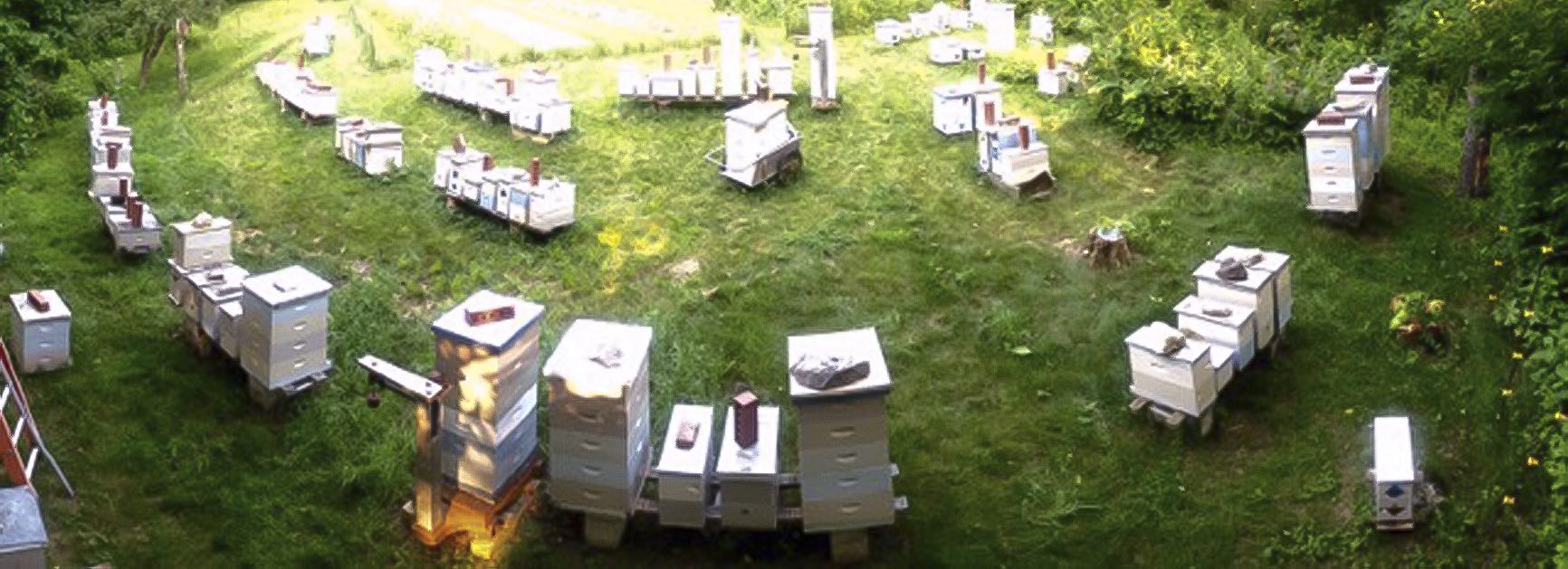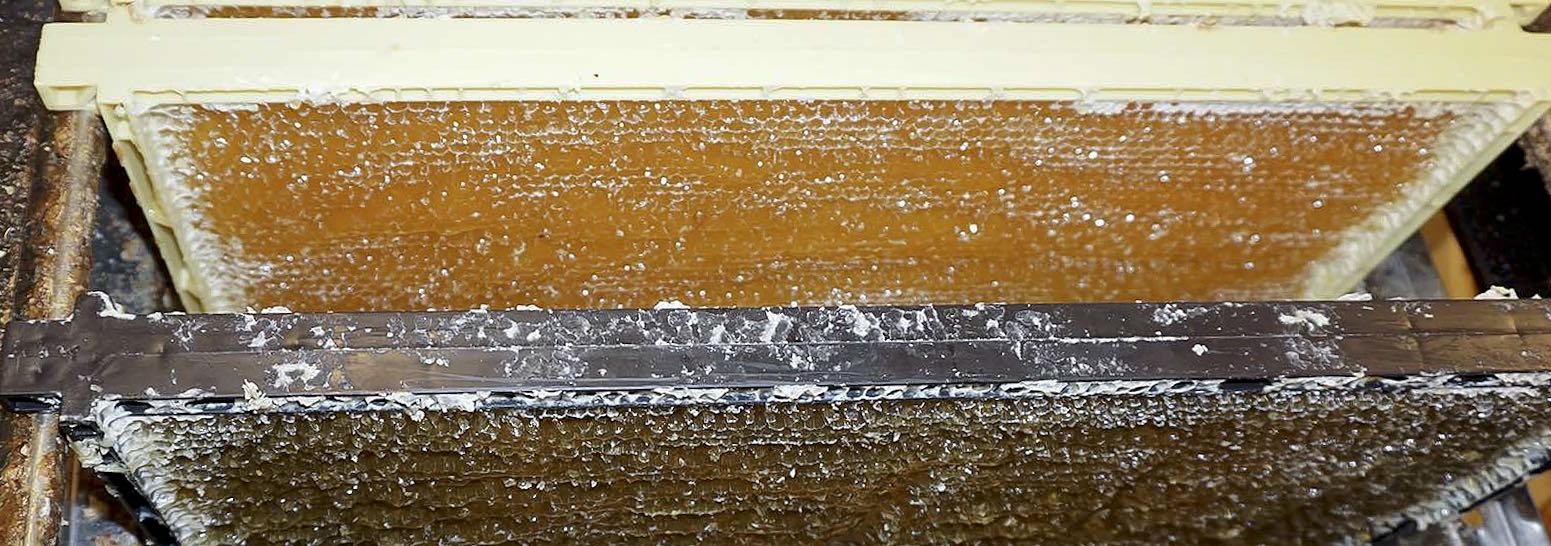Besides detecting mites in brood and clean them from there, grooming mites from each other and bite them is also an important trait for bees fighting mites. Here a mite that has got some legs bitten. It will soon die
Varroa resistant bees in Norway
It is positive that the research community is becoming increasingly focused on varro-resistant honeybees. The latest report comes from a doctoral student, Melissa Oddie. She has started an investigation why a Norwegian beekeeper’s population of bee colonies can be called
Varroa project 2014 –>
Click on the pictures to get better quality and readability This test is accomplished and funded by LP:s biodling bee equipement supplier, Arne Andersson sideline beekeeper and Erik Österlund sideline beekeeper. GOAL FOR THE PROJECT The goal for this test
Reworked website with new info
Hello dear beekeepers! I’ve been reworking my old website. not my blogs. The English part became ready enough to be published and I launched it on http://elgon.es There are quite some new material there. In the article “Resistance breeding” some of
Lasting learning?
In one of the recent blogposts I wrote about non-resistant bee colonies against varoa mite, learning from resistant worker bees how to deal with the mites and being resistant. It seems now that these colonies that has learned resistance have
Small cell size important in breeding Varroa resistance
After reading the blogpost ”Breakthrough?” an European PhD-Scientist wrote me an email with the following comment: ”After reading your post I realized that you do have small cell size, but you’re not mentioning it in the actual post. To make
Struggles for the survival of honey bees

SB is a relatively new and dedicated beekeeper in southern Germany. She is interested in different kinds of bees and their place in the ecological system. I asked her to tell her story and her struggles helping her bees to
Learning and teaching
Hans-Otto Johnsen was very skilled already in his youth keeping old American cars and trucks going. That skill can be very handy for a commercial beekeeper. For many years he worked as an expert on explosives, but he got
A locally adapted Varroa resistant bee stock

http://www.happyhollowhoney.com/ Richard Reid in a Virgina rural area in the US began with bees 1973. Beekeeping was simple, almost only it consisted of putting on and removing supers. By 1995 all of his bees died due to the Varroa mite.
Cell size affects water content

I started taking down my bees to small cell size 15 years ago. 10 years ago I had combs with 4.9 mm, 5.1 mm and 5.4 mm cell size in the supers. At one time I did some measurements of